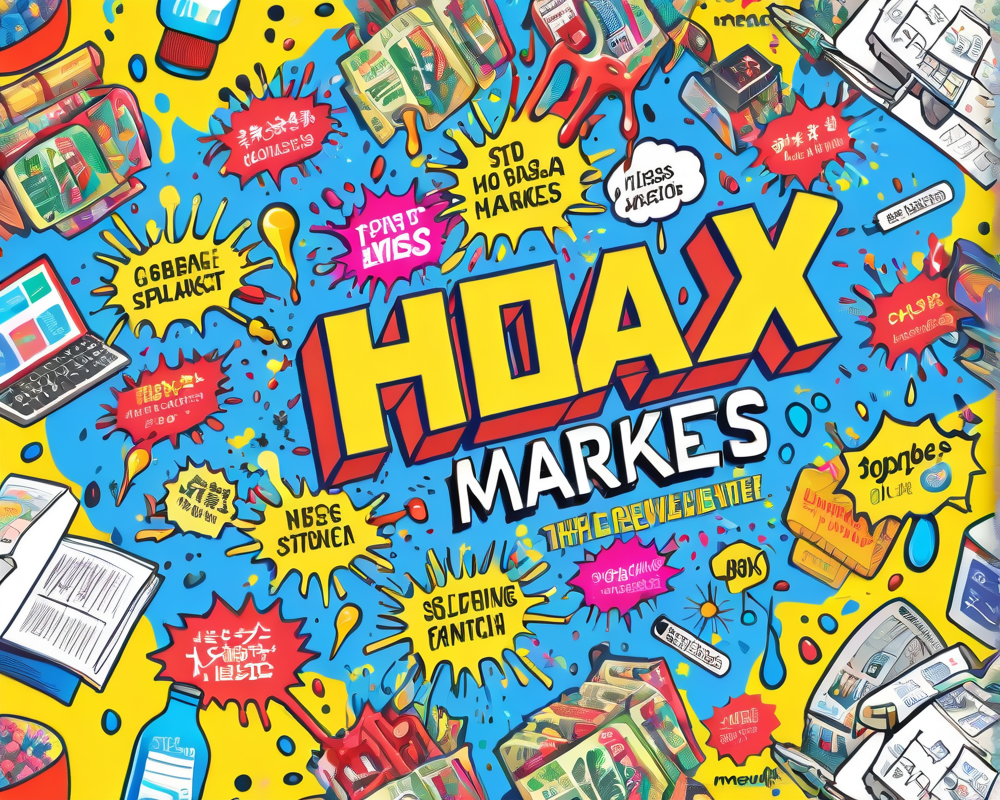The Rise of AI Deceptions
In an age where everything from selfies to sandwich photos can be faked, the emergence of AI-generated images has raised the stakes significantly. Just look at the havoc wreaked by a fabricated image of an explosion near the Pentagon that triggered a brief stock market dip. It’s like a bad movie plot, except this one involves more spreadsheets and fewer explosions.
Fake News Meets Social Media
On May 22, a now-suspended Twitter account masquerading as a legitimate Bloomberg feed tweeted about a massive explosion at the Pentagon. Spoiler alert: there was no explosion, and the only thing blowing up was a carefully crafted prank. This incident quickly spread across social media like wildfire, with major media outlets falling into the trap, including outlets from far-flung lands.
Verification Gone Wrong
The pay-to-verify system that platforms have introduced is under fire, thanks to accounts like ‘Bloomberg Feed’ showcasing just how easy it is to dupe the masses. For a couple of bucks, anyone with a flair for deception can create confusion and panic. It’s like giving a child a bottle of soda at a birthday party and expecting them not to spill it everywhere.
Dissecting the Fake Image
Amateurs and professionals alike jumped online to dissect the faked photo. Twitter sleuths pointed out multiple inconsistencies, such as mismatched building fronts and fences doing an identity crisis, seemingly merging into each other. It was a classic case of, “If it looks too good to be true, it probably is.”
Local Law Enforcement Weighs In
The locals weren’t about to let this slide. Authorities, including the Pentagon Force Protection Agency, wasted no time in quelling any fears about an explosion. They confirmed there was absolutely no danger. It’s almost comforting to know that when chaos rears its ugly head, there are folks ready to clear the smoke—figuratively speaking, of course.
The Aftermath: Stock Markets and Media Outrage
Believe it or not, the fallout didn’t end with deleted tweets. The S&P 500 took a 0.26% hit before making a swift recovery, much like that awkward moment at a family gathering when someone mentions politics. At the same time, other media sources were left red-faced, having reported the incident without verifying their sources. Reminds us of that time someone tried to convince you that their dog can do math, right?
Learning from the Chaos
This isn’t the first time AI has stirred up trouble. Earlier this year, a respected newspaper fell for an AI-generated article that slipped through their editorial net. Clearly, it’s high time we all become a bit more skeptical—and maybe bring back the good old days of print, where errors were a bit easier to spot, assuming you weren’t reading the fine print.
Conclusion: The Digital Landscape’s Growing Dangers
So, where does this leave us? In a world where misinformation can sweep across social media like a pack of wild dogs, it’s imperative that we exercise caution. Whether it’s stock markets reacting to imaginary explosions or fake news disrupting our feeds, one thing is clear—education and vigilance are our biggest allies against the onslaught of AI deception.




